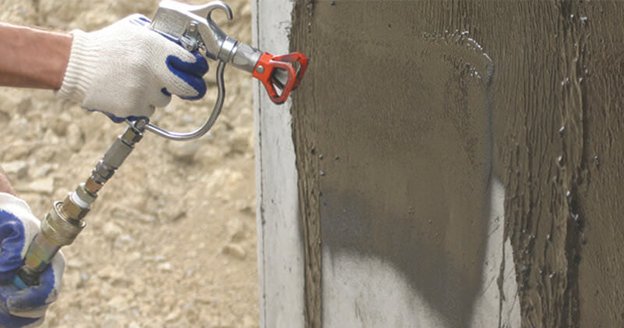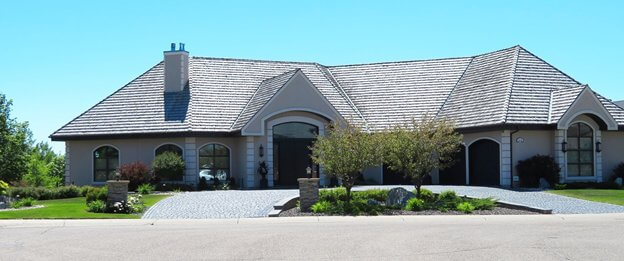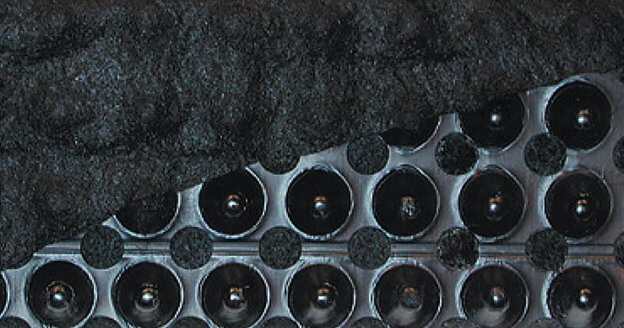
Water in basements is a common problem for many homeowners, but it’s easy to ignore until it becomes a serious issue. What basement doesn’t feel a little damp in the spring? But water is an invasive force that can lead to significant structural issues if the cause isn’t identified and the impacts corrected.
Waterproofing a foundation can be a multi-step process involving sealing the exterior foundation. Accessing the building’s foundation can be complicated, so exterior waterproofing products are a good step to protecting your home.
Today, we’re answering the most common questions about waterproofing your basement and how to select the right sealant and drainage system to protect your foundation.
What is basement waterproofing sealant?

Basement waterproofing can be applied to the exterior of your basement or foundation wall. A high-quality waterproof sealant will repel water and prevent degradation of the concrete.
Exterior basement waterproofing is generally made of an asphalt-based waterproofing. Asphalt is carefully refined from the distillation of selected crude oils and is used because of its impermeability and reliability.
Asphalt waterproof sealants are spray-applied in either water- or solvent-based formulas. Make sure to seal any cracks or faults using a waterproof mastic before covering it with waterproofing sealant.

When is the best time to have my basement’s exterior waterproofed?
There are two times to waterproof your basement. In order of preference, they are:
- When it is being built. Exterior basement waterproofing must be done by exposing the foundation, so the best time to waterproof your basement is during construction before fill and landscaping remove the access to your exterior foundation wall.
- During a warm, dry period. For a number of reasons, if you need to excavate your foundation once construction is complete, you want to do it with an eye on the weather. The most obvious reason is, if your foundation is already leaking, you don’t want to increase the chance of water intrusion by exposing your foundation during a rain event. And even if there is no rain in the forecast, you want to wait until the ground is thoroughly dry. Wet and damp soil needs to be shored up to keep workers safe and has the potential to delay work.
You also want to do your waterproofing when the weather is fairly warm. Trying to apply waterproofing membranes when temperatures are too cold will increase the amount of time these products need to cure before you can backfill the foundation. Always follow manufacturer’s recommendations on application temperatures.

What is hydrostatic pressure, and how does it affect foundation drainage?
While managing exterior water sources through proper downspout drainage and landscape grading will help reduce opportunities for water infiltration, the fact remains basements are built below grade and subject to hydrostatic pressure from groundwater. Even the most well-sealed foundations may degrade under the influences of this pressure over time.
A drainage board system installed around the outside of a sealed foundation will help protect against groundwater and debris like silt and rocks. Along with supporting an effective drainage system, Mar-flex GeoMat Drain Roll is made of 100% recycled material and can be used towards LEED building credits.
Waterproofing a basement can be a complex undertaking, but it is critical to maintaining the integrity of a home. Wherever possible, waterproofing should be considered a proactive activity, rather than waiting for a flood. Manufacturers of waterproofing materials, like Mar-Flex, have a variety of solutions to suit your needs. For more information, visit our website.
